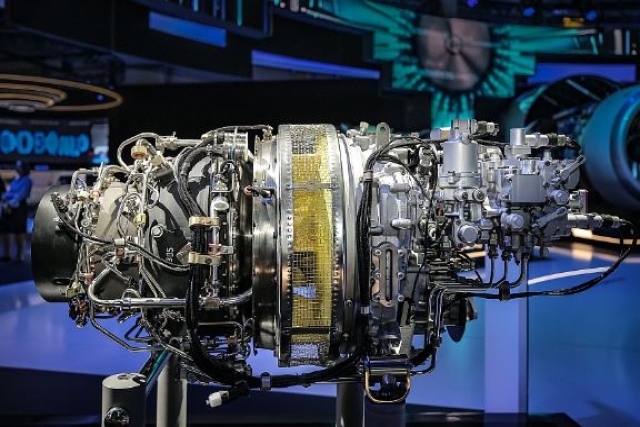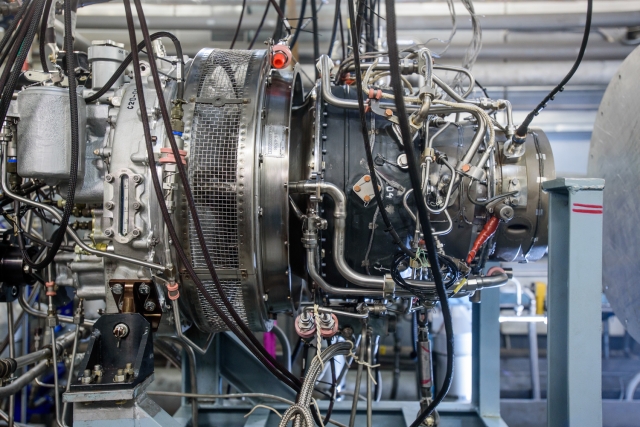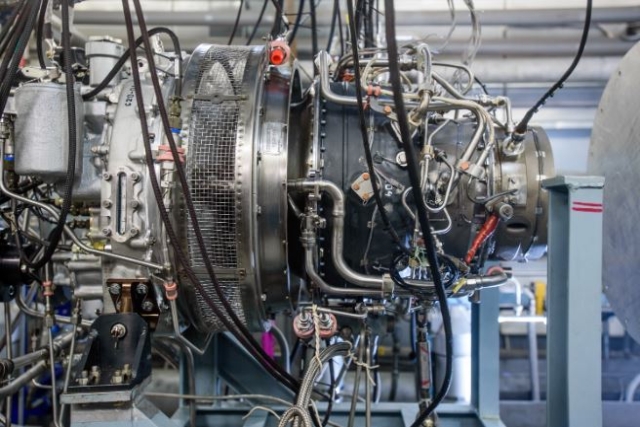Russia Develops Lightweight Single-Engine Mi-34M1 Helicopter
This is the first single engine helicopter from Russia.
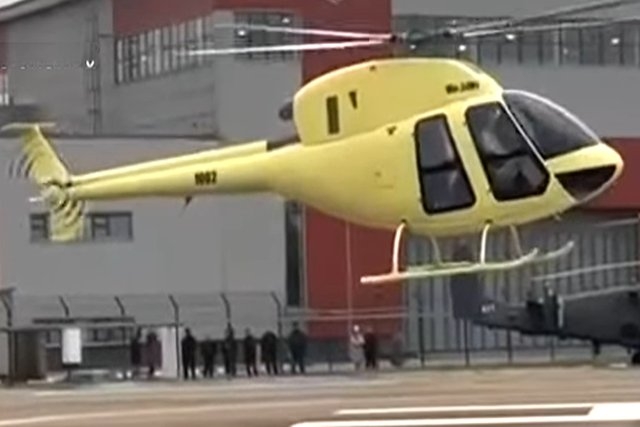
Russia has developed its first single-engine helicopter, the Mi-34M1, equipped with the VK-650V engine.
During Deputy Prime Minister Denis Manturov's recent visit to Kazan, the country highlighted advancements in civil aviation by showcasing new models aimed at reducing dependence on foreign suppliers. Alongside the updated Tu-214 passenger airliner, the Kazan Helicopter Plant presented a line of helicopters featuring domestically produced systems and engines, including the lightweight Mi-34M1.
The Mi-34M1 completed a test flight in Tomilino, near Moscow, just a week before Manturov's visit. This helicopter is designed to fill a gap left by foreign-powered models, which have encountered challenges due to supply constraints and international sanctions. The VK-650V engine is essential to the Mi-34M1's development, replacing previous foreign engines and supporting future serial production of Russian light helicopters.
A week before Mr. Manturov's visit to Kazan, a hovering test flight of the single-engine Mi-34M1 helicopter equipped with the VK-650V engine took place in Tomilino near Moscow. This event is notable, as the revival of the Mi-34 production has received less media attention compared to the Ansat and Ka-226T helicopters.
The Mi-34 project dates back to the late 1970s when the Soviet military organization DOSAAF requested a new light training and sports helicopter. The Mi-34 was developed for the M-14V-26 piston engine, with its first flight occurring in 1986, intended for production in Ukraine. However, the collapse of the USSR halted the project.
In 1992, a civil aviation development program aimed to assemble up to 400 Mi-34 helicopters at the Arsenyev Aviation Plant, but only 30 were sold to oil companies, police forces, and foreign buyers from Nigeria. In the early 2010s, interest in the Mi-34 resurfaced, leading to the introduction of two modifications: the Mi-34C2 with a French Arrius gas turbine engine and the Mi-34C1 with a piston engine.
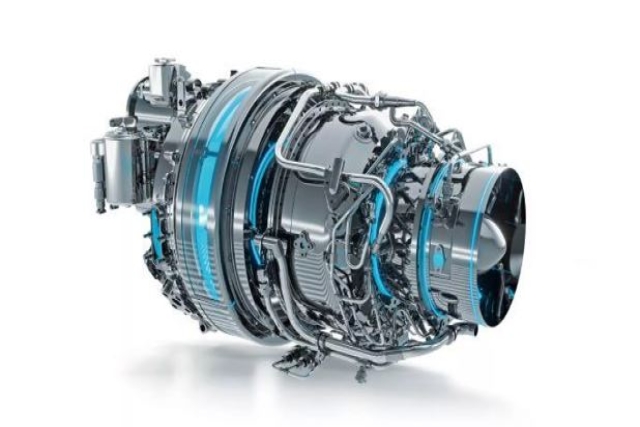
However, the piston-engine version struggled to compete with foreign models in terms of technical specifications. Now, the Mi-34M1, equipped with a fully domestic VK-650V engine, re-emerges as essentially a new helicopter in familiar packaging. It appears to be positioned as a replacement for the VRT500, which was developed through international collaboration but was affected by Western sanctions.
The VK-650V engine is also being integrated into other models, including the multipurpose Ansat helicopter, which is used for various tasks, from cargo transport to medical evacuation. This engine series is expected to reduce reliance on foreign components as Russia works to revive domestic production across various helicopter lines. The revival of the Mi-34M1, alongside enhancements in the Ansat and Ka-226T, is intended to bolster Russia's position in the light helicopter market, both domestically and potentially abroad.
These developments align with Russia’s broader import substitution strategy, which includes transitioning to Russian-made onboard systems, autopilots, and anti-icing technology.
